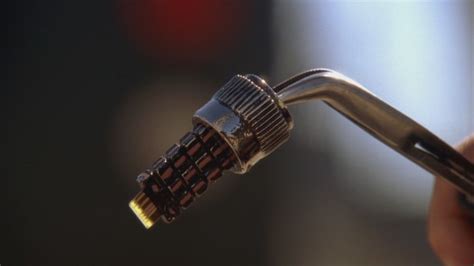Not possible.
Technology
This is a most excellent place for technology news and articles.
Our Rules
- Follow the lemmy.world rules.
- Only tech related news or articles.
- Be excellent to each other!
- Mod approved content bots can post up to 10 articles per day.
- Threads asking for personal tech support may be deleted.
- Politics threads may be removed.
- No memes allowed as posts, OK to post as comments.
- Only approved bots from the list below, this includes using AI responses and summaries. To ask if your bot can be added please contact a mod.
- Check for duplicates before posting, duplicates may be removed
- Accounts 7 days and younger will have their posts automatically removed.
Approved Bots
Wow, finally graphene has been cracked. Exciting times for portable low-energy computing
Is that fast enough to put an LLM in swap and have decent performance?
Note that this in theory speaks to performance of a non volatile memory. It does not speak to cost.
We already have a faster than NAND non volatile storage in phase change memory . It failed due to expense.
If this thing is significantly more expensive even than RAM, then it may fail even if it is everything it says it is. If it is at least as cheap as ram, it'll be huge since it is faster than RAM and non volatile.
Swap is indicated by cost, not by non volatile characteristics.
This sounds like that material would be more useful in high performance radars, not as flash memory
Does flash, like solid state drives, have the same lifespan in terms of write? If so, it feels like this would most certainly not be useful for AI, as that use case would involve doing billions/trillions of writes in a very short span of time.
Edit: It looks like they do: https://www.enterprisestorageforum.com/hardware/life-expectancy-of-a-drive/
Manufacturers say to expect flash drives to last about 10 years based on average use. But life expectancy can be cut short by defects in the manufacturing process, the quality of the materials used, and how the drive connects to the device, leading to wide variations. Depending on the manufacturing quality, flash memory can withstand between 10,000 and a million [program/erase] cycles.
For AI processing, I don't think it would make much difference if it lasted longer. I could be wrong, but afaik, running the actual transformer for AI is done in VRAM, and staging and preprocessing is done in RAM. Anything else wouldn't really make sense speed and bandwidth wise.
Oh I agree, but the speeds in the article are much faster than any current volatile memory. So it could theoretically be used to vastly expand memory availability for accelerators/TPUs/etc for their onboard memory.
I guess if they can replicate these speeds in volatile memory and increase the buses to handle it, then they'd be really onto something here for numerous use cases.
